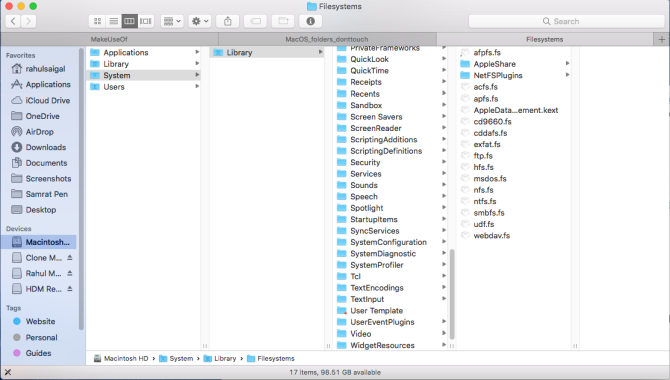

- #Get to library folder on mac mac os x
- #Get to library folder on mac windows 10
- #Get to library folder on mac free
If you really want to get your hands dirty, you can set up multiple profiles with different browser settings, bookmarks, extensions, apps, and saved passwords. The next time you start Chrome, a new data folder will be created with a fresh default profile. You can completely reset Google Chrome by deleting (or renaming or moving) the data (User Data, Chrome, or google-chrome) folder.
#Get to library folder on mac mac os x
To back up your profile(s), copy the Default profile folder and any numbered Profile folders in the UserData folder on Windows, the Chrome folder on Mac OS X El Capitan, or the google-chrome folder in Linux to an external hard drive or a cloud service. RELATED: Everything You Need to Know About Google Chrome's Profile Switcher You can select the path and copy it and paste it into File Explorer in Windows, the Finder on OS X, or into a file manager like Nautilus in Linux to access that folder.


#Get to library folder on mac windows 10
For example, the location of my “Work” profile in Windows 10 is actually C:\Users\Lori\AppData\Local\Google\Chrome\User Data\Profile 3. The “Profile Path” shows the location of the current profile. In the Chrome window showing the profile on the name button that you want to find, enter chrome://version in the address bar and press Enter. Each time you switch profiles, a new Chrome window opens using that profile. If you need any file from the Downloads folder but don’t want to store it on your Mac, you can move it to an external HDD or SSD or upload it to online storage options.If you need to edit one of your other profiles, you can figure out its folder name quite simply.
#Get to library folder on mac free
It’s possible remove files in Other storage manually in the same way as any normal file, but you can also use a free or paid cleaning app that will make the process faster and help you avoid mistakes. And if you are not sure what a particular file does, it’s better to leave it alone. We recommend creating a complete system backup to avoid running into problems. You need to be very careful while deleting Other files.
:max_bytes(150000):strip_icc()/001_os-x-is-hiding-your-library-folder-2260833-5c03193446e0fb0001063a98.jpg)
Most files in Other storage are located in the Library folder that is hidden by default.


 0 kommentar(er)
0 kommentar(er)
